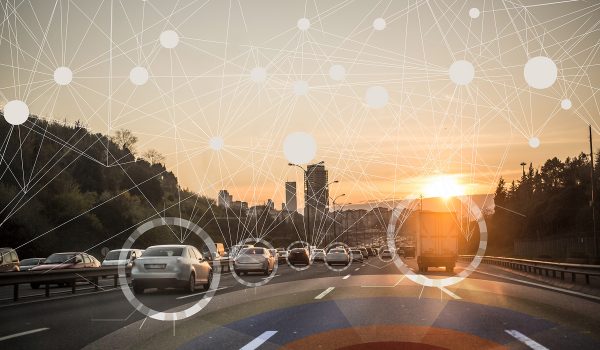On October 4, 2018, under cover letter from U.S. Transportation Secretary, Elaine Chao, the U.S. Department of Transportation (USDOT) published new guidance with respect to autonomous vehicles in a presentation entitled “Automated Vehicles 3.0 – Preparing for the Future of Transportation.”
Passenger Transportation Trends
Transportation network companies (TNCs) like Uber and Lyft didn’t exist only a few years ago, but like many app-based, on-demand services, TNCs have started to change transportation trends and consumer behavior. Vehicle manufacturers have determined they cannot resist mobility trends, such as TNCs, and have decided to adapt to them and to forecast further innovation needed to keep up with the mobility trends impacting the auto industry’s traditional business model. Beyond TNCs, car sharing, bike sharing, and electric scooter sharing are becoming commonplace. As private car ownership wanes, public and private transportation operations are working to provide “first mile/last mile” solutions to their ridership to better connect the home and workplace to the public transportation network. The impact of these mobility trends, however, may soon be dwarfed by the impact autonomous vehicles will have on our economy and our society.
Autonomous Vehicles (AVs)
Although the average consumer has yet to be exposed to AVs, AVs are already here and are set to revolutionize mobility, transportation and logistics. AVs include trucks, buses, vans, cars and, by some definitions, drones. For those in the logistics industry, autonomous vehicles and equipment include forklifts and other mobility devices on the warehouse and factory floor. A small sample of AV activity is as follows: Ohio invested $15m in a 35 mile stretch of U.S. 33 from the Dublin, OH to East Liberty, OH, which the state has named the “Smart Mobility Corridor.” This corridor is intended to be the proving ground for AVs and other innovation, as evidenced by AV company OTTO Motors successfully testing freight deliveries via a self-driving tractor trailer. Elsewhere, Pizza Hut and Dominos are deploying AVs to deliver pizzas. Self-driving shuttles are being deployed in a variety of settings, such as universities, retirement communities and corporate campuses. Google’s AV affiliate, WAYMO, has partnered with Honda to develop self-driving cars, and Toyota has created a subsidiary named TRI-AD which is dedicated to AVs. Most car and truck manufacturers are also working hard to develop their own niche in the AV market. But note, autonomous vehicles are not limited to the road. AV forklifts and other freight and materials-handling devices are being deployed in the factory and the warehouse. Above the roadways, drones are becoming a part of the supply chain delivery system. Amazon has been very public with their testing of drones to move packages to consumers. In short, the highways, byways and skyways will look significantly different in the very near future, and the legal community must be ready to address the emergent legal issues.
General Legal Issues and the USDOT Guidance
What should lawyers know? Legislators and regulators are trying to get out in front of AV issues with public policy and legislation. The new USDOT guidance encourages consistent standards across the country when developing policy regarding AVs. It is noteworthy that in the past five years, 41 states considered AV legislation and 29 of those states, along with the District of Columbia, have passed some form of AV legislation. Ten governors have signed executive orders addressing AVs. Many of these laws and regulations are very general and demonstrate that AVs represent a public policy issue still in its infancy. Last week’s published USDOT guidance on AVs “3.0” is built upon previous guidance that was published after significant public and industry input. The agency notes on its website that this guidance is just “the beginning of a national discussion” on the subject of AVs.
The USDOT outlines six priorities with respect to AVs:
1. Focus on safety
2. Remain technology neutral
3. Modernize regulations
4. Encourage a consistent regulatory and operational environment
5. Proactively prepare for automation
6. Protect American’s freedoms
To access the full USDOT document, click here.

